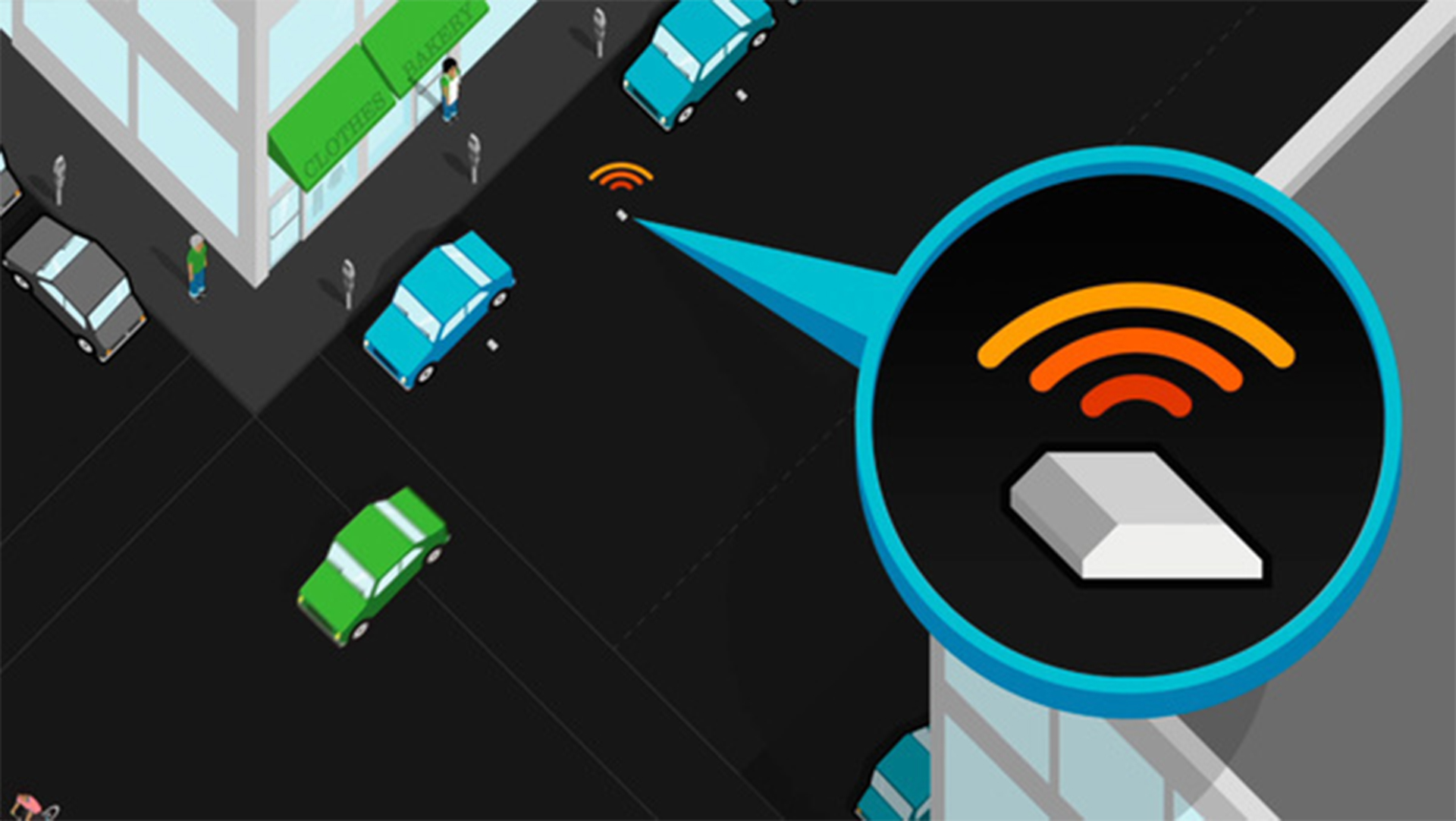Digital management of supply and demand: San Francisco Park
San Francisco

The dawn of digital and wireless communication over the last 15 years has spawned a number of radically different scenarios for the future, some of which let some experts to predict a decrease in personal mobility by imagining that the potential for remote interaction would reduce the need to physically move from place to place.
However the opposite has happened: rather than decreasing out need to move, digital communications have increased our desire for face-to-face interaction.
In the near future, after a staggering growth in people to people communication a further growth in envisage in machine to machine communication, this new breed of communication will possibly open a new scenario of more integrated efficient way of managing our cities and transport. Digital communication opens up very immediate ways of living the city differently. Cities could be managed much more efficiently, providing the possibility of exploiting infrastructure and dynamically managing supply and demand. San Francisco’s recently activated SFpark scheme is a prime example of how cities’ transport infrastructure, in this case on-street parking, can be addressed through technology, allowing optimisation of its use through real-time information management.
Location
San Francisco
Client
Digital management of supply and demand: San Francisco Park
Main expertise
Digital communication
PROJECT HIGHLIGHTS
- Authors: Federico Parolotto, Francesco Maria Cerroni
Project gallery
Our contribution
The system allows the charging of different rates based on time of day and location in the city, as well as using real-time information regarding supply to direct drivers to available parking spaces. This dramatically lowers the time spent searching for a car park, increasing the comfort of the user and reducing congestion on the road network.
SFpark constitutes a different way of using existing infrastructure – in this case the city’s roads- to reduce volume of traffic and provide better service to residents through the use of technology. We are living in a world of new opportunities – innovative technologies will allow a better understanding of traffic patterns, enabling more efficient movement of vehicles on the road network, allowing us to make the most of existing infrastructure. The increasing interconnectivity of objects moving within the urban fabric will allow better performance of transport systems in general.